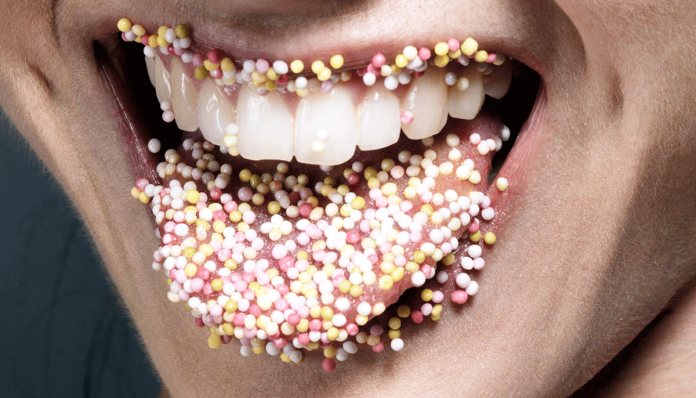
IT is always there, so much that we take it for granted.
Saliva is produced when we eat and chew food. Because it dissolves food, it allows our tongue to taste it.
More than that, saliva prevents tooth decay and gum disease by washing away food debris and bacteria.
The lysozyme, peroxidase, and lactoferrin in saliva guard against disease-causing microorganisms.
Saliva provides us the minerals, like calcium and phosphorus, to strengthen our teeth. It lubricates and moisturizes the inside of the mouth to help us speak better.
The important things that saliva does, and that we often gloss over, made a new paper published in the journal Cell Reports an interesting reading.
The study showed where proteins in saliva came from, wrote Charlotte Hsu in an excellent article in UBNow, the publication of the University at Buffalo (UB) in New York.
There are three types of human salivary glands: the parotid, submandibular, and sublingual glands. Humans have a pair of each.
Individual cells in a single gland secrete different proteins.
There are proteins in the mouth that seem to come from outside these salivary glands, from epithelial tissues or blood plasma.
“Saliva is important for tasting, for digesting, for swallowing, and for defending us from the pathogens that we are constantly inhaling and consuming,” says Omer Gokcumen, Associate Professor of Biological Sciences at UB’s College of Arts and Sciences.
“The proteins in our mouth form an army, if you will, that’s working constantly to protect us.’’
Previously, he said, scientists didn’t have a complete picture of where the proteins in the mouth were coming from. “We’re addressing this gap.”
“From a biomedical perspective, our research opens the door for further studies into the functions of saliva and salivary glands and the use of saliva as a diagnostic fluid,” says Stefan Ruhl, Professor of Oral Biology in the School of Dental Medicine. “Our study takes a snapshot of how healthy salivary glands should function. Deviations from this healthy expectation can indicate disease.”
The study’s first author is Marie Saitou, a tenure-track researcher in biosciences at Norwegian University of Life Sciences, and a former postdoctoral researcher at the University of Chicago and UB.
Saitou, Gokcumen, and Ruhl led the study with Sarah Knox, Associate Professor of Cell and Tissue Biology in the University of California, San Francisco (UCSF) School of Dentistry.
To find out how saliva is made, the researchers first sought to understand which proteins are produced by each salivary gland.
To measure the gene activity in each gland, they used transcriptomics, a technique in the study of an organism’s transcriptome.
The genetic information of an organism is recorded in the DNA of its genome and expressed through transcription, the sum of all of its RNA transcripts.
Transcriptomics measure the gene activity and provides insight into protein production. It determines how each gene provides instructions for making a specific protein.
This way, the researchers were able to understand the proteins that each gland generates and how the glands differ from one another in terms of what they produce.
They found out the parotid and submandibular glands create a lot of salivary amylase, an enzyme that helps to digest starch.
The sublingual gland makes almost none. But it produces relatively large quantities of certain GalNAc transferases, a family of enzymes that is important in initiating a process called O-glycosylation that attaches a sugar to certain salivary mucin proteins.
That may look like a lot of goobledygook, but it shows how different glands together produce a complex body fluid, the saliva.
“Our work reveals that even a gland type itself is not homogenous,” Knox says.
‘’The saliva-producing acinar cells, which were once thought to produce the same proteins and thus be the same cells, actually synthesize distinct saliva proteins, thus indicating a new level of cellular diversity.’’
Gokcumen said the research is one step toward understanding the immense complexity of saliva.
“Salivary proteins are a gateway to our body,” Gokcumen says. “When they do not function properly, we suffer.
‘’Our work brings us one step closer to understanding their complex origins and the intricate interplay between them.”
“Long-wished-for diagnostic applications of saliva for monitoring systemic well-being and disease will need to measure quantitative differences of biomarkers in saliva,” Ruhl says./PN







